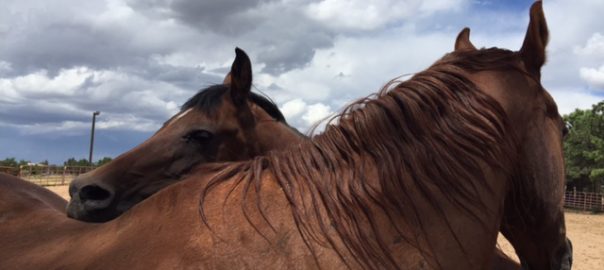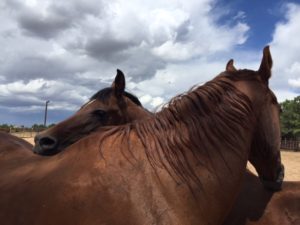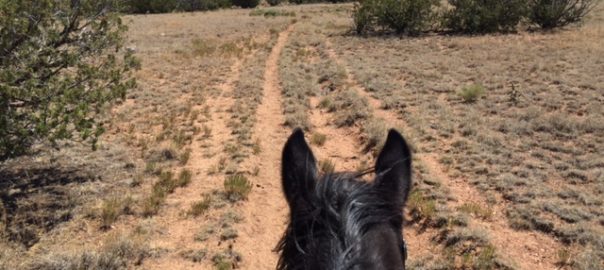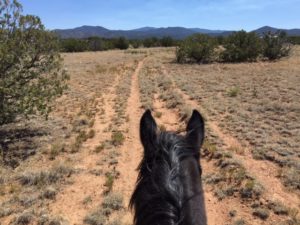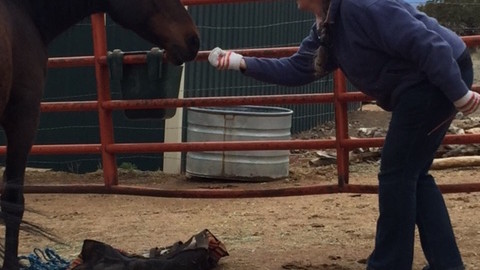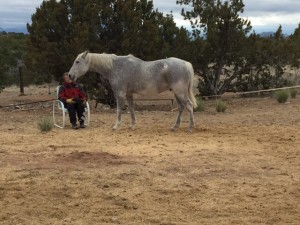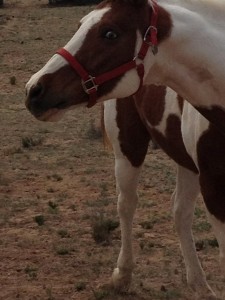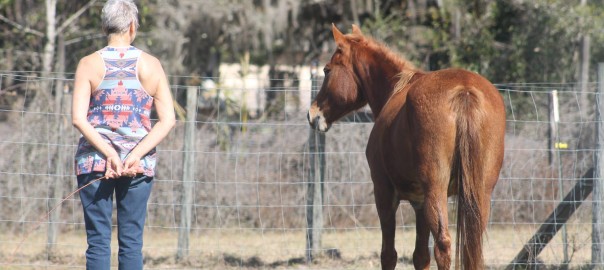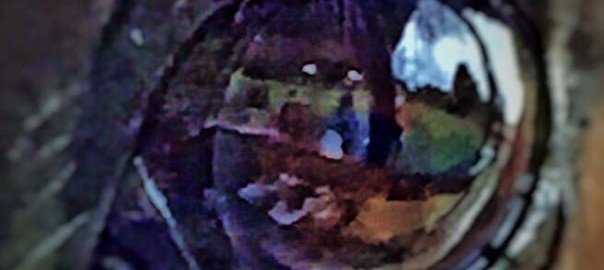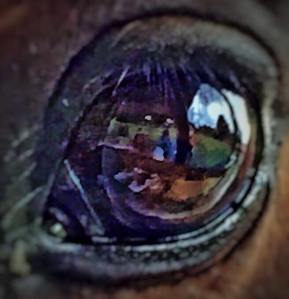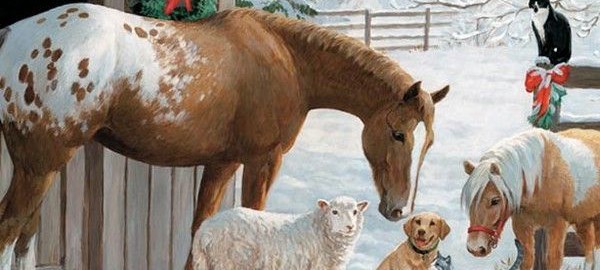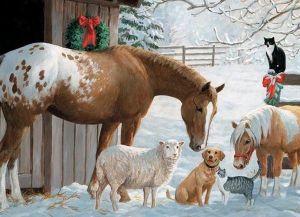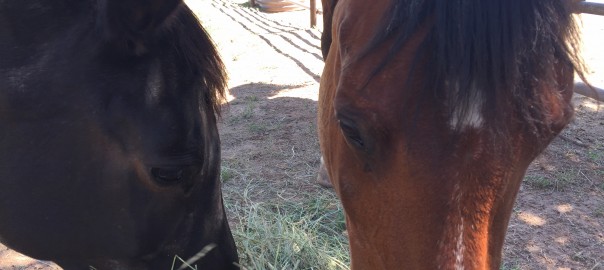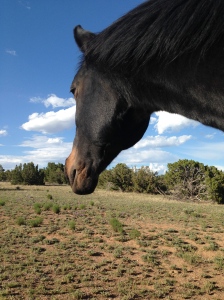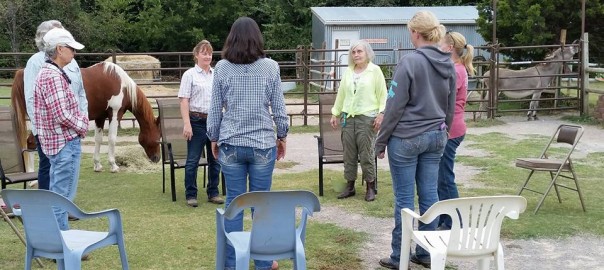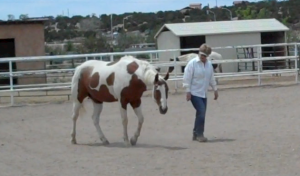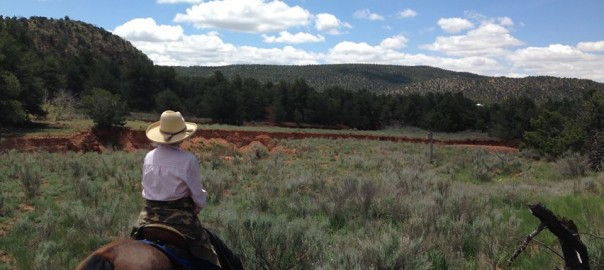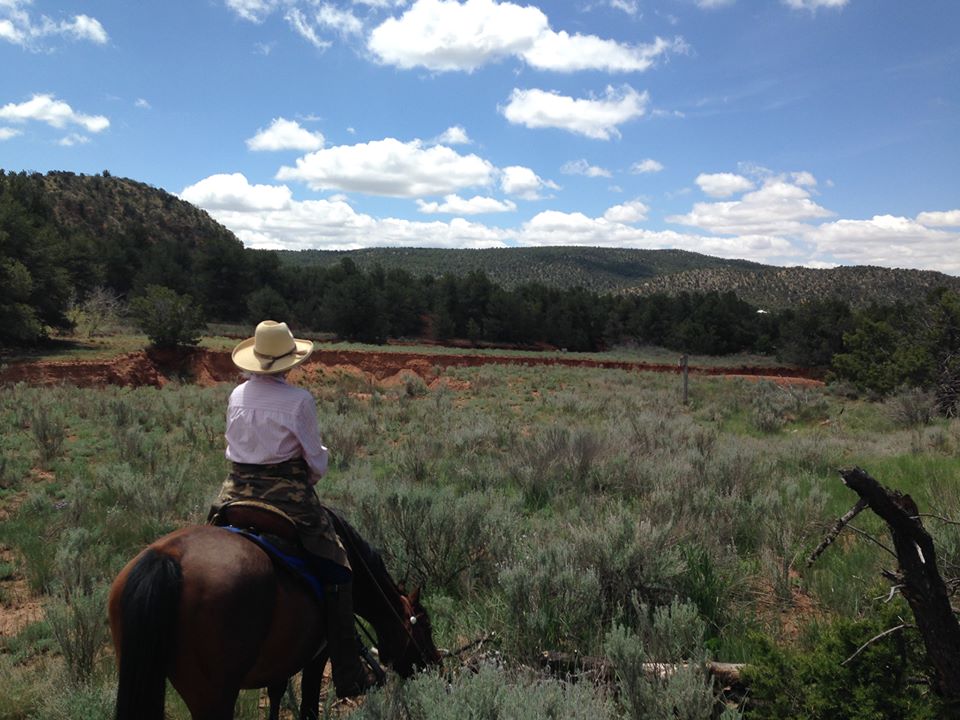I am not one to make a lot of New Year’s resolutions, because I don’t want to get upset with myself for not keeping them. So my “horse-olutions” are ones that can be easily be accomplished and kept in mind during the year.
Personally, this year, my holiday was wonderful in that our two older grandsons came to visit. What was not so great was that throughout their visit I had very painful sciatica. While I work with people and horses on painful physical conditions, it’s another thing when it’s happening to me and others need to make room for my disability in their life.



